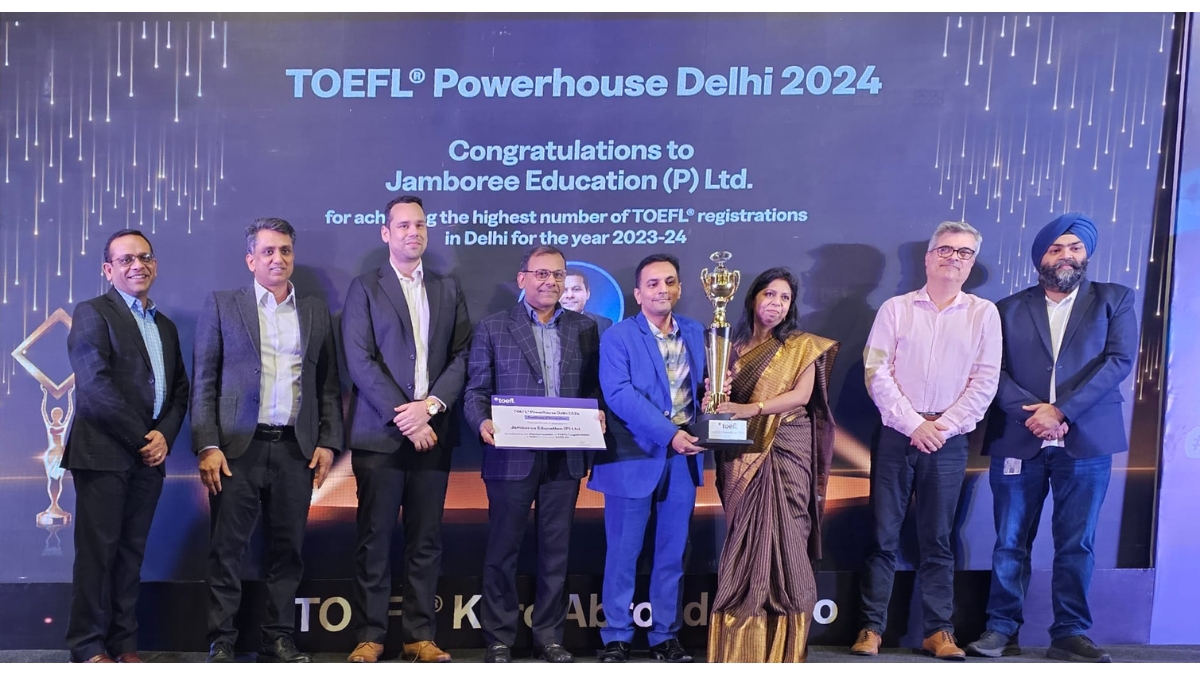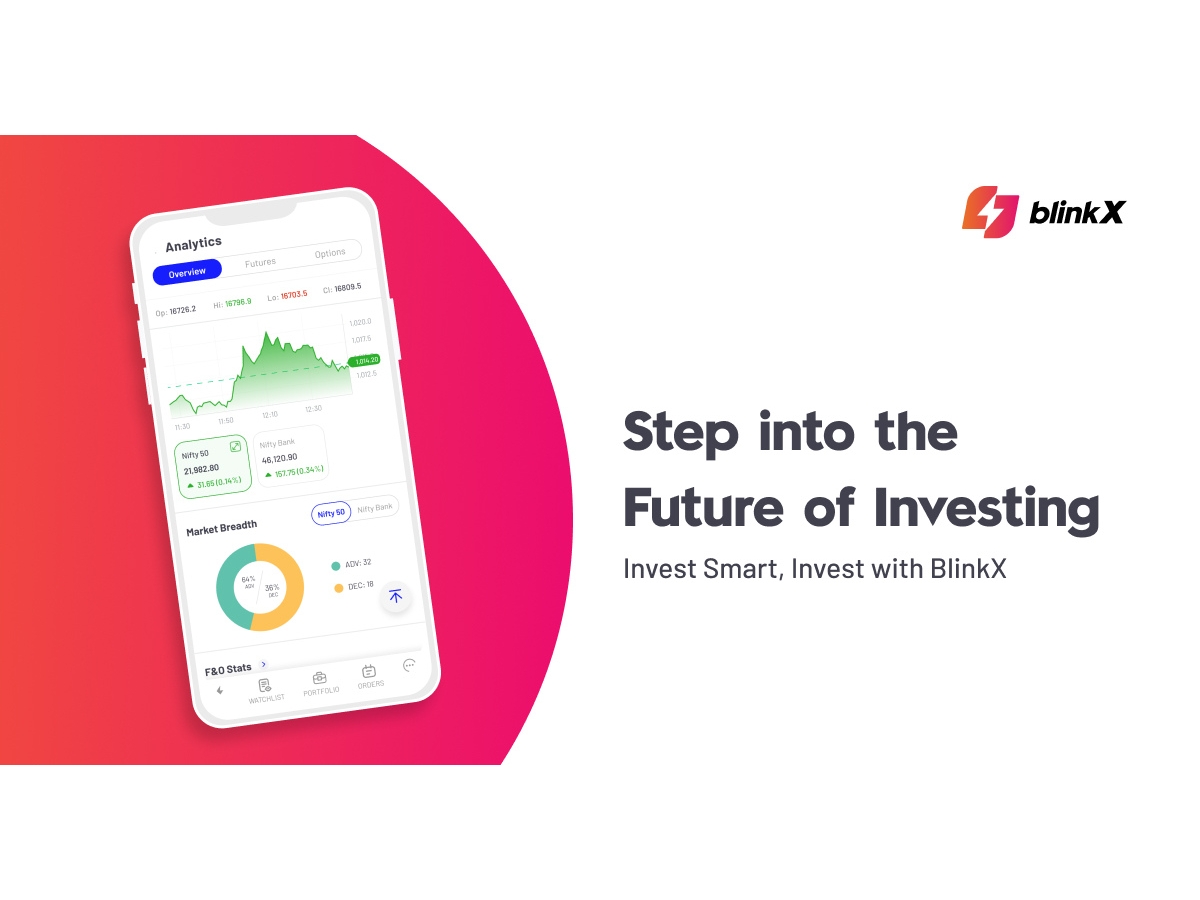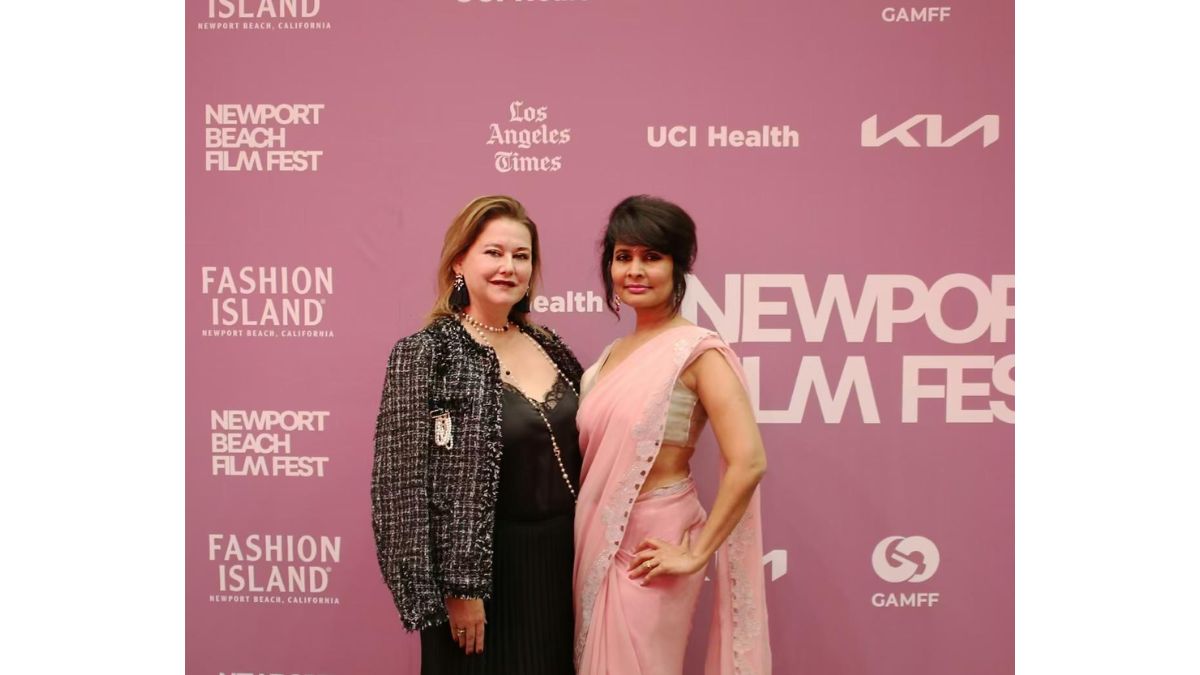How to Make Your Business Stand Out in a $21.2 Billion Market

Opinions expressed by Entrepreneur contributors are their own.
When Patagonia announced it would no longer put corporate logos on its apparel, it sparked a larger discussion around the sustainability of corporate promotional products (often referred to as “swag”), as well as how much meaning and use these products actually offer. Today, traditional promotional items — frequently dismissed as insignificant and easily forgotten and then quickly trashed — are undergoing a transformation led by forward-thinking entrepreneurs.
The focus is shifting from generic swag to unique, story-driven objects that do more than just promote. The right tchotchke tells a tale, encapsulating a company’s values and triggering meaningful conversations. But, to do so, they have to be done just right.
If you’ve ever wondered, “Are promotional items worth it?” then this article is for you. We’ll explore the reasons behind this shift and how entrepreneurs are strategically using creative leave-behinds to make lasting impressions.
Related: 9 Key Tips for Navigating the Upcoming 2024 Marketing Landscape
The swag landscape: A $21.2 billion market
The promotional products market amounted to a staggering $21.2 billion in the U.S. in 2023, according to IBISWorld. These items, ranging from trinkets to leave-behinds, serve as essential tools in the marketing department’s arsenal. Examples of swag usage might include gifts for new hires to foster a positive relationship and make them feel like part of the team or thank-you gifts to express gratitude to clients and vendors.
The primary goal is to generate interest, foster new relationships and establish connections beyond the confines of email. It’s worth noting that, in this article, we refer to tchotchkes as trinkets sent to “cold” prospects, while we refer to leave-behinds as items left for “warm” leads after an introduction or first meeting.
When it comes to cold-sending tchotchkes, the challenge is to instill wonder in a single object, compelling the recipient to prioritize a callback. The market is flooded with these promotional products, so it is absolutely critical for entrepreneurs to figure out how to make their business stand out and make a meaningful impression.
Success in promotional product campaigns is measured by engagement. For cold outreach, whether through email, phone, direct mailers or tchotchkes, the key performance indicator is a prospect engagement rate higher than average. Traditional cold calling boasts a 2% success rate, while direct mailers and email show about 3% and 2% on average, respectively. In contrast, text messages lead with a success rate of about 15%.
Related: 5 Steps to Creating Successful Marketing Campaigns
What promotional items work best?
Entrepreneurs are redefining promotional products by infusing them with narratives that resonate with their target audience. When it comes to understanding what promotional items work best, it depends on what items authentically tell your company’s story in a way that resonates with your target audience.
Follow this three-step process for how to make your business stand out by sharing creative tchotchkes that accurately represent your company’s core values and mission:
1. Create an informed swag budget
Understanding the frequency and occasions for distributing swag is an important first step in crafting the right tchotchke strategy. Companies often allocate a portion of their marketing budgets to promotional products, with approximately 20% of the budget dedicated to events, trade shows or external branding. Additionally, organizations may have specific budgets for employee acquisition, retention and engagement.
Determine the return on investment for previous promotional campaigns to allocate your budget more effectively. Then, conduct a detailed analysis of past campaigns to understand which items yielded the highest engagement relative to their costs. It’s important to set specific, measurable goals for each campaign, such as a 5% increase in lead engagement or a 10% boost in social media mentions, to guide your budgeting decisions. Looking for cost-effective, high-impact items — where the emphasis is on creativity and relevance over cost — can help meet those goals. You can even leverage bulk purchasing for cost savings; however, be sure each item remains customized to maintain its unique appeal.
A great example of this was the approach we worked on with our portfolio company, Arbol, to engage with airline and airport executives using Admiral FitzRoy barometers. That item encapsulated the story of the origins of weather insurance and the risk prediction innovations that followed. By ideating a thoughtfully tailored design, Arbol strategically linked its story and brand to tech advancements in parametric weather insurance. This creative yet cost-effective tactic significantly engaged one of the company’s key audiences, demonstrating how impactful results can be achieved with minimal financial investment.
2. Identify your ideal outcome
Next, envision the ideal outcome, in which the recipient keeps the item in a prominent place, triggering conversations. Answer key questions through research: What story will be told? Who is the target audience? What action triggers the story? What object triggers that action?
Customer persona research can help you tailor promotional items that resonate on a personal level with the recipient. For instance, if targeting tech-savvy audiences, consider items that integrate with digital lifestyles. Implement tracking mechanisms, such as QR codes or unique URLs, to measure interaction with the promotional item. This allows for a direct correlation between the item and desired actions, such as website visits or social media engagement.
Spotify’s “Wrapped” campaign is a good example of this. Each year, Spotify creates personalized year-end review playlists and statistics for its users, showcasing their most played songs, artists and genres. These summaries are presented in a visually appealing and shareable format, encouraging users to share their music tastes on social media. This approach transforms users’ listening habits into a unique, personal item — a digital tchotchke. It capitalizes on the trends of personalization and social sharing. As users share their Wrapped summaries, they not only engage more with Spotify, but also promote the brand to others. This campaign shows how a digital item, much like a traditional physical tchotchke, can effectively enhance brand engagement and foster widespread cultural resonance.
For digital campaigns like Wrapped, you can encourage sharing by including incentives, such as contests or exclusive content for participants, which can amplify reach. Ultimately, you want to ensure the story your item tells aligns with the core values of both your brand and your target audience, thereby enhancing the likelihood of the item being kept and discussed.
Related: 5 Critical Marketing Strategies for Product Promotions
3. Iterate creatively
Brainstorm, eliminate, test and refine the chosen tchotchke to ensure it sparks conversations and prompts callbacks. Engage in A/B testing with small segments of your target audience to gauge the impact of different promotional items. This could involve sending out two variations of a product to see which one generates more engagement or feedback. Then, solicit feedback directly from recipients about what they liked or didn’t like about the item, using surveys or follow-up calls. Maintain a database of responses and engagement metrics to refine future campaigns, focusing on creativity and the emotional or practical value provided by the tchotchke.
We worked with another portfolio company, StoryFit, a storyline intelligence tech company, by sending model DeLorean kits to narrative decision-makers, highlighting the ability of the right story to breathe life into a script. When recipients place the completed model on their office desks, it sparks conversations with co-workers about predictive audience insights. It also left a lasting impression for future collaborations: Our manager received direct feedback from the prospect, saying he appreciated the approach our team took.
The era of meaningless promotional items is giving way to a new age of purposeful and narrative-driven tchotchkes. Entrepreneurs who invest time and creativity into selecting and crafting these tokens are not only leaving a lasting impression, but also building meaningful connections that go beyond the transactional. Success is measured by engagement, and when it comes to promotional products, that means beginning with a well-thought-out experience and an authentic story to match.





